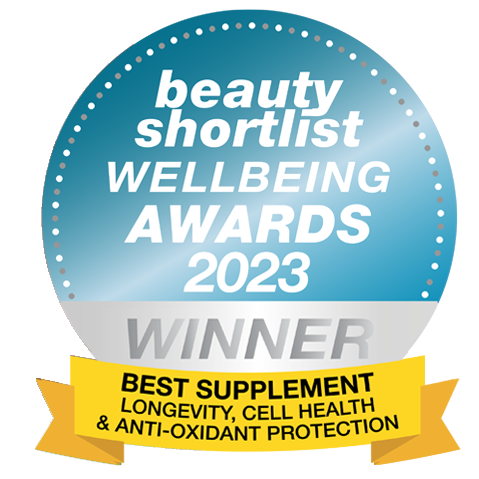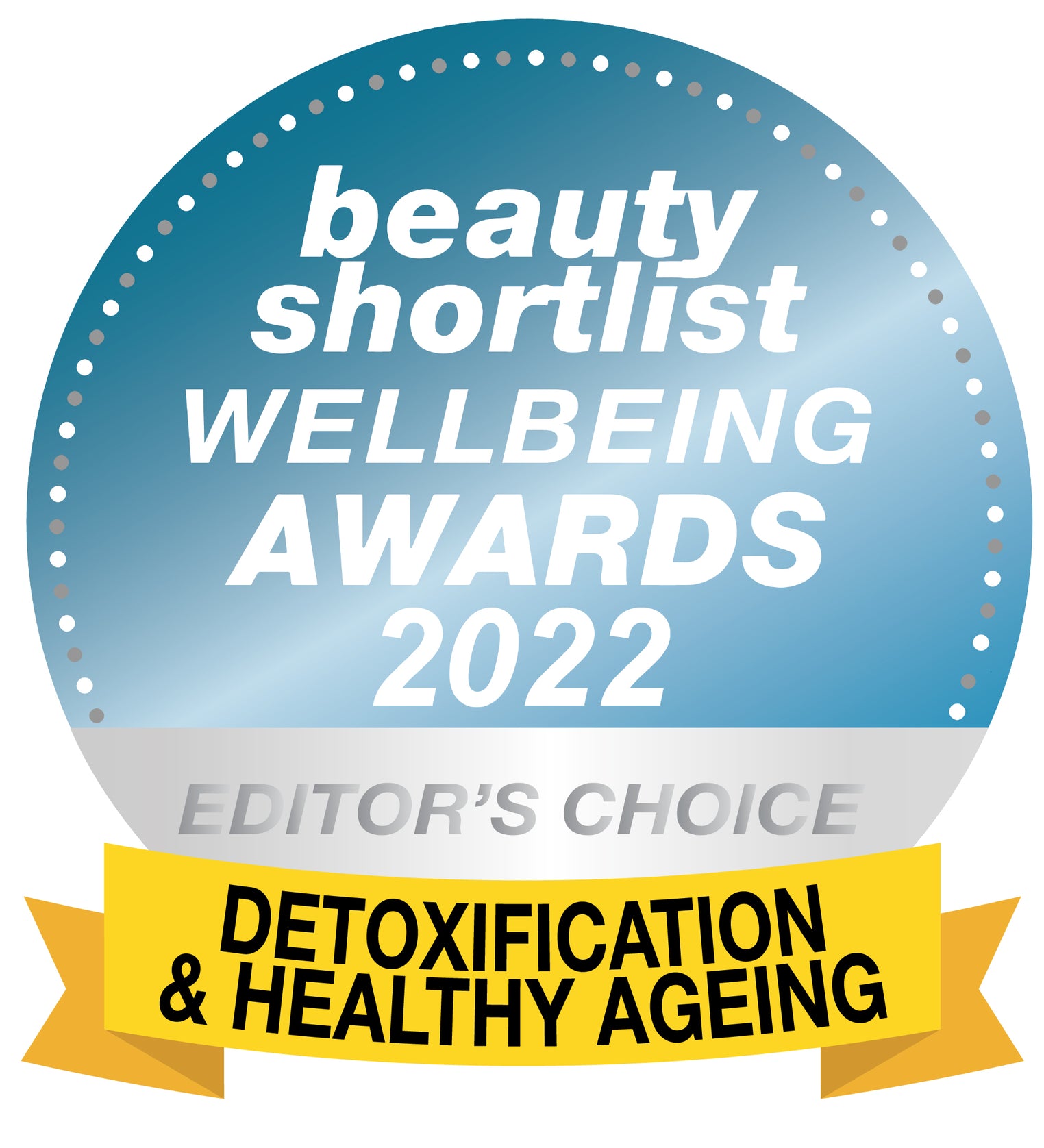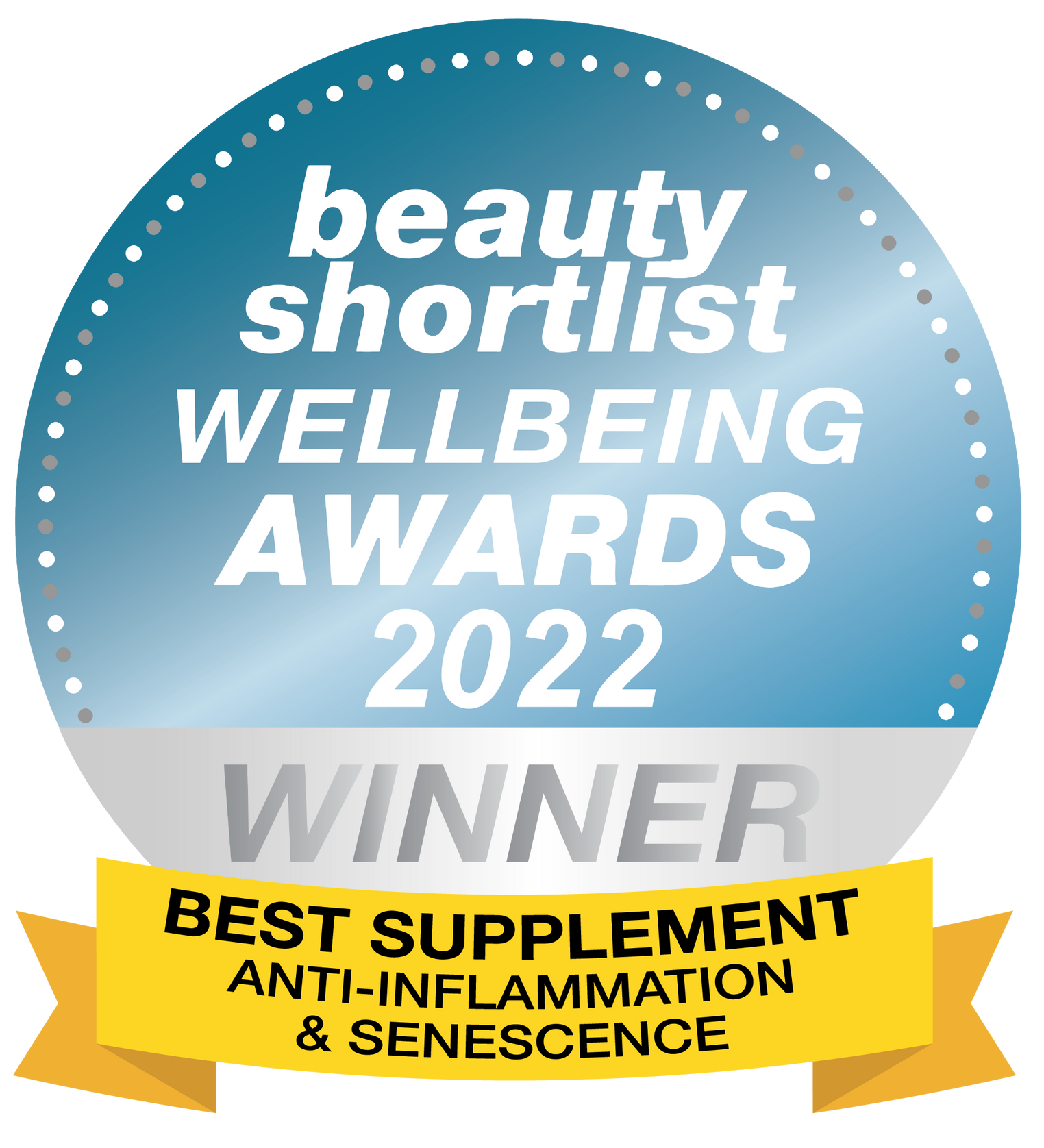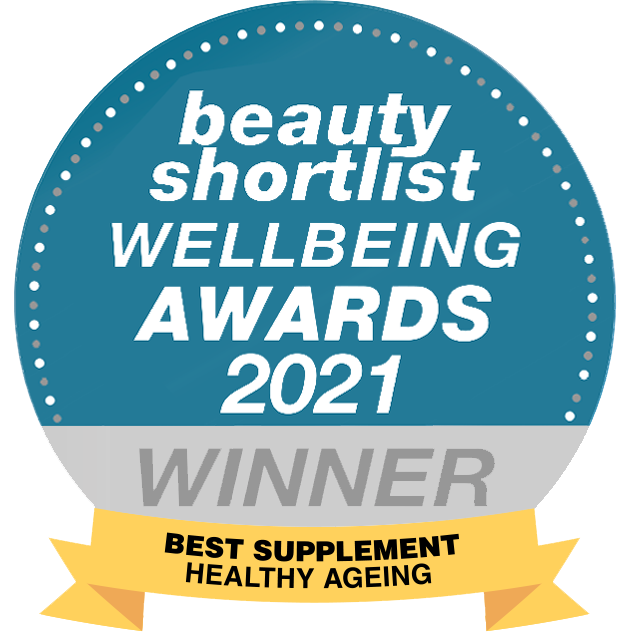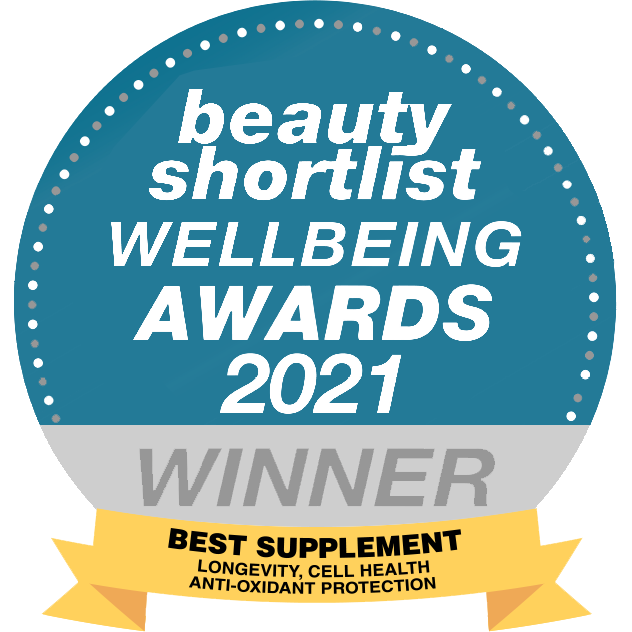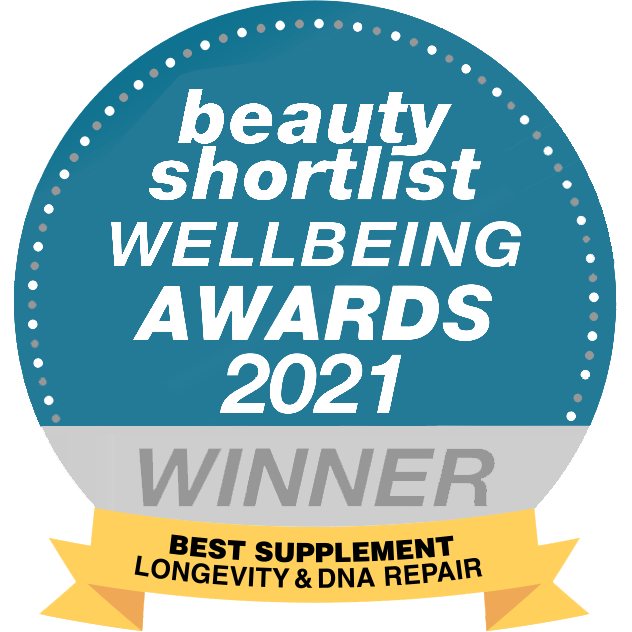As the aging population continues to grow across the globe, so has the demand for life hacks, health tips, and products/supplements that could possibly guard against the ravages of premature aging and time. While some people continue to depend on traditional dietary supplements such as minerals and vitamins, a growing number of people have started to focus on increasing their NAD+ levels to turn back the clock.
There are two main NAD+ precursors (molecules that are needed to produce NAD+) in the market today: nicotinamide riboside (NR) and nicotinamide mononucleotide (NMN).
In this article, we will compare these two precursors as far as NAD supplementation is concerned. We will also let you know how the two precursors function and answer the question: NR and NMN, which is better?
NAD+ —The Critical Anti-Aging Molecule
Before we delve deeper into this topic, here’s a reminder of the importance of NAD+ in the human body.
NAD+, the oxidized form of NAD, is a critical coenzyme in the body that’s involved in various metabolic cellular processes and vital body functions such as DNA repair. Without it, the body cannot turn nutrients into energy and perform a host of other essential processes.
The enzyme is also responsible for the regulation of the body’s circadian rhythm. You probably don’t know this, but the circadian system not only controls our sleep-wake cycle but also plays a significant role in hormone fluctuations, energy levels, metabolism, and body temperature.
According to studies, high NAD levels can rejuvenate mitochondria (the body’s energy factory), which appears to falter with age. Other studies have associated high NAD levels with enhanced cardiovascular function, improved glucose metabolism, and muscle regeneration.
As a matter of fact, NAD+ is so critical that if levels dropped to nothing, we would be dead in 30 seconds. Without NAD+, therefore, there is simply no life.
As we age, NAD levels in our bodies decline rapidly. No matter how well you eat and exercise, by the time you are 50-60, your NAD levels would have dropped by at least 50% compared to when you were 20-30 years old.
The negative effects of aging have been associated with this decline. Fortunately, research has shown that we can reduce these negative effects and possibly even reverse them by supplementing to increase NAD. This is where NMN and NR come in.
To find out more about this important molecule, read What is NAD+ and How Does It Slow Aging?
What Is NMN?
NMN is an NAD+ precursor. In short, NMN can be converted into NAD+ and hence help revitalize your body and slow down the degeneration that’s usually associated with age. NAD+ precursors such as NMN use natural pathways, which eventually lead to the synthesis of NAD+. Research has shown that NMN can help promote the synthesis of NAD+ in multiple body tissues such as the pancreas, adipose tissues, skeletal muscle, blood vessels, kidneys, and even the heart.
NMN is an intermediate compound between NR (will talk about it shortly) and NAD+. This means that NR has to convert to NMN before it can finally become NAD+.
For more on NMN, read The Ultimate Guide to NMN (Nicotinamide Mononucleotide)
What Is NR?
Just like NMN, NR (an alternative form of vitamin B3, also known as niagen ) is another precursor to NAD+.
For many years, NR was regarded as a highly efficient NAD+ precursor. It has been extensively studied, including human clinical trials. In the trials, it was found that NR increased NAD+ levels and was well tolerated by humans. This led NR to be seen as the “go-to” NAD+ precursor.
To find out more about NR, read: What is Nicotinamide Riboside (NR) and Can It Increase Longevity?
However, this narration has changed with the entrance of NMN into the equation—a supplement that’s now been regarded as the new kid on the block.
What Is The Difference Between NMN vs NR?
As aforementioned, both NMN and NR are NAD+ precursors. The main difference between them, however, is that NR lacks a phosphate, therefore becoming a smaller version of NMN. If you supplement NAD+ with NR, your body has to turn it into NMN first by adding a phosphate. From there, NMN is converted into NAD+.
According to Dr. David Sinclair, a Professor of Genetics at Harvard Medical School, who is also the author of the popular book Lifespan: Why We Age and Why We Don’t Have To, if you take NMN, it is taken up by a transporter and then converted or transformed into NAD+ in one step.
This is one of the reasons why NMN is becoming very popular. In fact, Dr. Sinclair claims to use 1 gram of NMN every morning!
Although the two NAD+ precursors are beneficial to human health, researchers have also found that there may be a difference in where NAD levels are raised in the body.
In a study, it was discovered that oral supplementation of 200 mg/kg NR of body-weight only raised NAD+ levels in the liver but not in other body muscles.
NR vs NMN—Which Is Better?
We can’t really compare between NR and NMN since the two supplements have not been tested side by side in humans.
However, in a study, it was discovered that 200mg of NR did not increase endurance, while NMN did. This indicates that NMN may have some advantages over NR.
Also, contrary to a common belief, a recent study has revealed that NMN does not have to convert into NR, to change into NAD+.
This newly discovered method of NMN transport does not mean that the uptake of NMN via dephosphorylation does not happen or that it is still not important in metabolism. However, it does show that the transport of NAD+ precursors does occur via an alternative and previously unknown mechanism, which builds on our current knowledge of NAD+ biology considerably.
There is also evidence that this mechanism is more prevalent in certain kinds of tissues compared to others, as Slc12a8 expression is around 100-fold times higher in the small intestine of mice than it is in the brain or fat tissue. This suggests that different cells, tissues, and organs may use the various NAD+ precursors in differing amounts and types.
Also of note is that the expression of Slc12a8 actually increases in the gut of aged mice, while NAD+ levels begin to decline. This suggests that this increase of Slc12a8 expression is a compensatory mechanism to try to maintain metabolic homeostasis and resist this aspect of aging.
In Conclusion
We now know that NMN does not need to be broken down into NR in order to enter the body’s cells. The only reason why people would have preferred NR to NMN is the belief that NMN had to be converted into NR before getting into your cells. This meant less of NMN getting into your body. However, thanks to the discovery of the unique membrane protein, it seems like NMN may be the more effective supplement.
Premature aging is no longer a life sentence and by supplementing wisely with NMN, you can once more restore the levels of NAD+ in your body.
You don’t have to wait until it’s too late, talk to us today and let’s help you live the life that you have always envisioned with our high-quality NMN supplements.
Remember, healthy living is a process that requires not only deciding and planning but also people who will hold your hand and support you in your health journey.
The content of this article is for informational purposes only. It’s not intended to be a substitute for professional medical advice, diagnosis, or treatment. Always seek the advice of your physician or health provider before starting a new health regime or program. Do not ignore medical advice or delay seeking it because of something you’ve read on this site or any Youth & Earth product.








